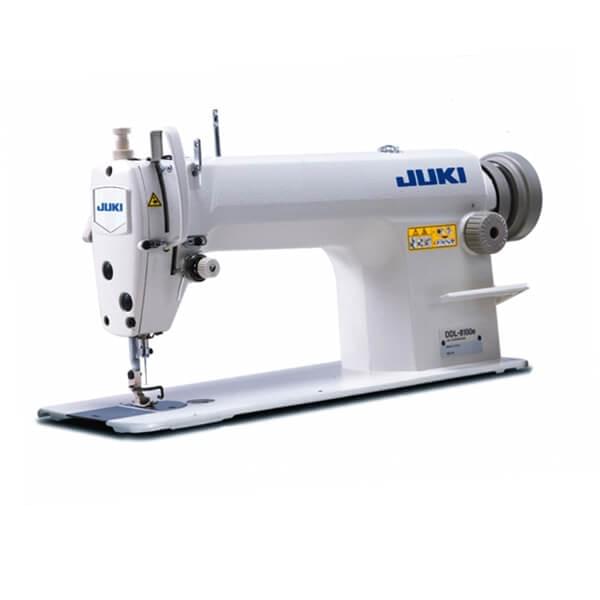The sewing performance of high-speed sewing machine determines the performance and quality of the sewing machine, and the sewing performance also is the core technology of sewing machine. In this paper, the Virtual Prototyping of the ZJ9700MF-RS sewing machine has been established and the simulation, analysis and redesign method has been brought up to check the sewing performance. So the sewing performance of the ZJ9700MF-RS has been greatly improved.
Among the processes for making final products using fibers, the final process can be called a sewing process. The sewing process generally corresponds to the process that requires the most manpower in the production of textile products. The cost of sewing has gradually increased due to the recent rise in labor costs. The automation of the sewing process and the smart factory are expected to be carried out along with the fourth industrial revolution. In order to make the sewing factories smart, it is essential to apply smart sensing technology to the sewing machines. Also, sewing Process In order to grasp real-time situation, a system to monitor the status of each machine is needed. This study can be regarded as a part of technology development for automation and unmanned sewing process for final CPS(cyber-physical system) implementation. Three techniques have been developed in the sewing machine modification technology to assist the smarting and sewing process of the sewing machine. Three kinds of developed technology are a bobbin remaining amount detecting technique, stitch length control, and monitoring techniques. As a result of step-by-step technology development to realize CPS finally, it is a partial technology development of automation through some modification of sewing machine. The developed technology is expected to be used as a technology for future smart sewing automation plant construction.
Textile stream smart factory CPS implementation can only be done by linking together the ordering system, design automation system, product information management system, production information integration system and production equipment automation.[6] Fig. 2 shows the interlinkage of high-throughput, high-productivity production systems that minimize plant-to-plant collaboration and prototype production to accommodate small-volume and multi-stream requirements between streams, and can be instantly produced on demand.
The sewing work can work in a situation where there is no under-thread by mistake. This leads to defective products and economic losses. To solve this problem, there is a need for a device for detecting the remaining amount of under-thread and transmitting it to an operator. Fig. 3 shows the sensing signal configuration for system design to detect the residual under-thread amount and the system configuration diagram to control it by linking it. The orange block shows the status of the warning lights, the PLC, the touch screen, and the main brake, while the blue block indicates each sensor and control signal for control.
In order to make smart factory of sewing factory, it is necessary to prevent worker’s mistakes and to record and confirm the current work. Figure 7 shows the position where the residual under-thread detection device and the stitch automatic control device are to be attached in the sewing machine being used in the sewing factory. In order to automatically adjust the stitches, the information about the fabric currently being worked on is entered in advance, so that the number of stitches can be automatically adjusted
